
‘The system is broken’: Inside Australia’s marketing redundancy crisis
Australia’s marketing industry is being reshaped by redundancies at a scale not seen for decades, and across the board, senior leaders and teams are being reshuffled or let go. Here, Mumbrella explores an industry in flux, speaking with several impacted leaders joining the growing pool of talent on the market.
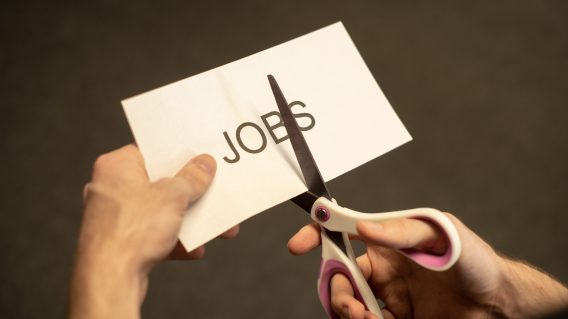
(Flickr)
Marketing, media, and advertising in Australia is increasingly being defined by redundancies. Once seen as unusual, job losses are now part of the everyday experience across brands, agencies, and media owners — and no corner of the industry has escaped unscathed.
And these aren’t just small teams quietly disappearing. They are experienced professionals with years of industry know-how, suddenly on the market. People who were once considered indispensable.
While ABS data tells us that marketing is far from alone, with unemployment in Australia at 4.3% (the highest level since post-pandemic recovery) and the national retrenchment rate up 0.2% year-on-year, the industry is widely regarded as first on the chopping block.
There is no simple answer to what’s driving the trend. The encroachments of digital giants, adoption of AI and other technologies, and higher budgetry scrutiny have all contributed.
As former Nine chief marketing officer, Liana Dubois, puts it: “If we step back, the prevalence of redundancy speaks to industries searching for stable footing in the face of geo-political uncertainty, technological disruption and shifting customer needs.”
Reflecting on her own departure earlier this year, her words go to the heart of the unavoidable truth: redundancy has become a central feature of how the industry operates.
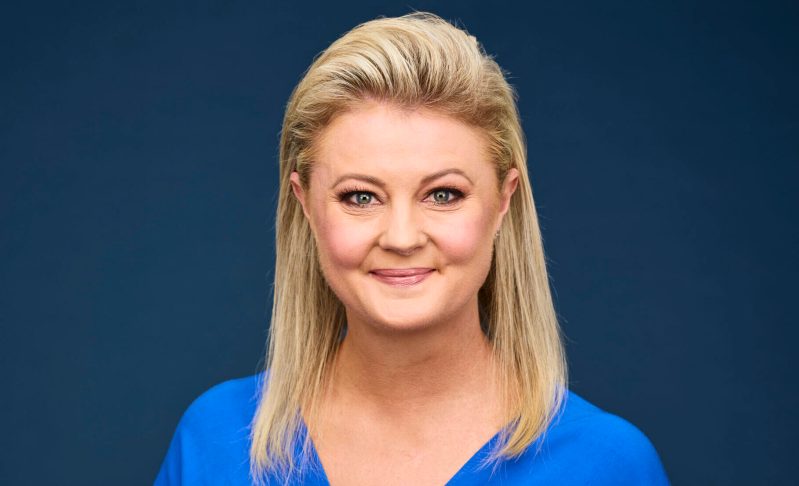
Liana Dubois, former chief marketing officer at Nine
The year of high-profile cuts
This year alone has brought a noticeable rise in redundancy headlines. At Westpac, more than 30 staff in its in-house media division were let go, ANZ announced 3,500 job cuts last month including the closure of Cashrewards, and just yesterday, we learnt about Endeavour Group’s $16 million in restructuring costs. This company-wide restructure suggests many roles have been impacted, including GM of marketing, creative and operations, Katie Dally.
In agencyland, the Clemenger Group merger of Chep Network, Traffik, and Clemenger BBDO saw a number of C-suite departures, client losses resulted in changes at DDB Group and M+C Saatchi, and Edelman let go of major senior staffers, including chief client officer Amber Scotto Di Perta.
Across media owners, SCA cut 8% of its 1,700-strong workforce, Foxtel and ARN both made mass redundancies, and the ABC’s restructure under new MD Hugh Marks began with around 50 redundancies and contract terminations.
Subsequent statements from the companies were littered with corporate jargon — “streamlining”, “evolving operating models”, “aligning with strategy”. For those on the receiving end, the language was cold comfort.
“Redundancy can make you feel isolated and question your value,” former Hall & Partners MD, Ed Steiner, says bluntly. “It challenges you in many ways and can tear you away instantly from such an important facet of your life that you feel connected to, and is part of who you are.”
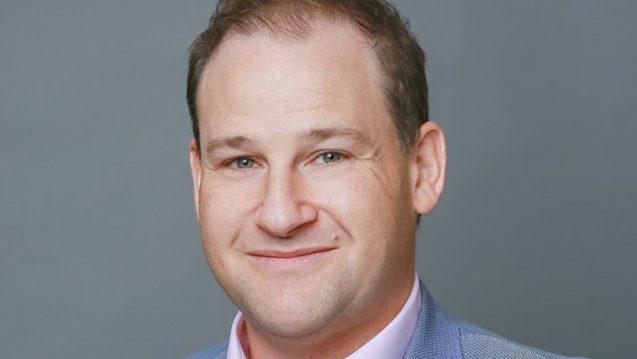
Ed Steiner, former managing director at Hall & Partners
The term itself, some argue, is part of the problem. Scotto Di Perta says at its core, the word “suggests being useless or superfluous — a definition that rarely reflects reality”. More often than not, a redundancy says more about the condition of a business than the capability of the individual, she argues.
Her concern is particularly relevant as organisations “actively strip out” their most experienced talent. She asks: “Why are we saddling these professionals with a label that is debasing, negative, and simply wrong?”
Despite knowing her redundancy was coming as a result of the business closing, Cashrewards’ CMO Zara Cobb says she still questioned her value.
“When it actually happened, and you hear the words, there’s this immediate sense of shame, that somehow I did something wrong for this to happen. It doesn’t matter if I knew for months, or I knew 10 minutes before the meeting, I don’t think that would change the gut reaction.
“And as a senior leader, I think I needed to come out and say I’ve really struggled with this, I’ve had to work on it and make my peace with it, so that more junior members of the team or people who might have this come up in the future know that they’re not alone.”
The hidden costs of redundancy
The consequences extend far beyond individual careers. When senior leaders depart, institutional knowledge departs with them. Long-standing client relationships are severed. Strategic plans are paused or abandoned. Entire creative directions are lost.
This is the “hidden cost” of redundancy, says Josh Slighting, former head of product at REA Group: “These changes come with unintended consequences, from cultural shocks to exposed leadership gaps, leaving those who remain navigating an uncertain new normal.”
If redundancies are now part of the industry’s DNA, the question becomes: how should companies and leaders respond?
Dubois is clear: “It’s a signal we need to rethink not just cost structures and operating models, but how we value, sustain and grow business and the talent within it for the long-term.”
Dally echoes her point, with a reminder that although redundancy doesn’t discriminate, the way the industry responds, can.
“As businesses continue to face economic and technological uncertainty, many senior marketing and agency leaders will experience redundancy at some point in their career, often more than once,” she says. “The industry has an opportunity to rewrite the narrative and demonstrate real leadership: valuing talent not just as a cost to be managed, but as a core asset to drive sustainable business growth.”

Katie Dally, former GM of marketing, creative and operations at Endeavour Group
The hidden costs continue with the market realities making it difficult for many to find work again. According to Jane King, former head of marketing communications at Cartology, this is worsened by recruiters becoming “pickier and pickier”.
Having experienced her first redundancy in her 25-year career, King says she was shocked, hurt and numb. But what really knocked her confidence was the competition.
“Every time I would meet with a head hunter they would rattle off at least 5 other senior marketers, with very similar experience who were in a similar position. The competition was getting tighter and the market, pickier and pickier. If you didn’t have the 10/10 skills, plus you were the top 1%, then you didn’t receive anything,” she says.
“I lost count of the number of times I was ghosted or received no reply and most of these were for roles with personal recommendations. The system is broken and I think many companies are very blinkered in their approach for hiring, so many of them want to hire mirror images of their existing employees.”
Is there a bright side?
If there’s a silver lining, it’s that the prevalence of redundancies has softened the stigma.
“With it now so widespread, stigma has largely disappeared. It is no longer a mark against performance but rather a reflection of shifting priorities,” Slighting says.
Andrew May, former chief growth officer at V2foods, frames it as both “a cliff’s edge” and “a doorway”. While some people manage it well and others sense it coming, many are blindsided.
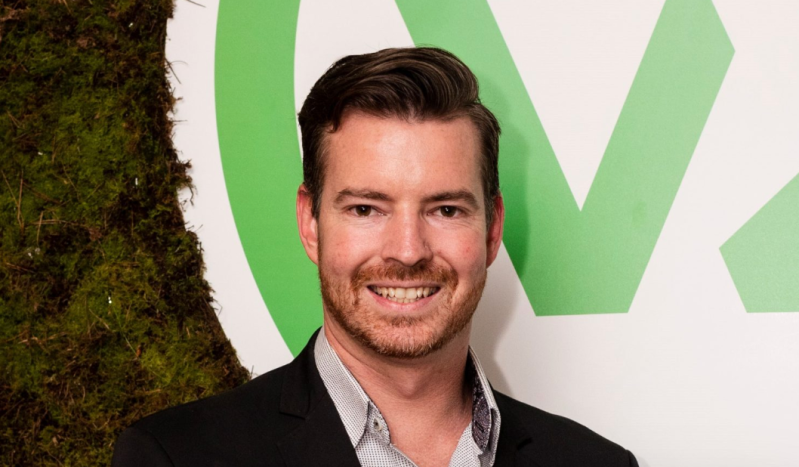
Andrew May, former chief growth officer at V2foods
“They feel shock, anger, even shame. Redundancy drags out emotions we would rather bury, but these are expected reactions when we are faced with sudden uncertainty,” he says.
“The hardest part is not the change itself, it is the story we tell ourselves about what it means. The biggest myth is that redundancy equals failure. It doesn’t. It is proof that the ground shifted, not that you weren’t good enough. What matters is whether you stay stuck in that story, or write the next one.”
From an executive search or recruitment point of view, redundancy is not viewed as a negative signal if the candidate can clearly articulate the business context, according to Johnson Partners’ Kate Ferguson.
“Redundancy is rarely about individual performance at this level; it is often driven by business strategy, cost optimisation, or capability shifts,” she says. “What matters is how the executive has responded. I encourage candidates to reframe their narrative from ‘this happened to me’ to ‘this is what I did next to create value’.”
Reflecting on her own redundancy last year, former Seven West Media CMO Mel Hopkins recalls the mix of emotions: “It was done quite swiftly and quickly.
“I very much took it as an opportunity to take time out and really rethink what was important to me, and that has been incredibly important. There was so much pressure I was putting on myself, and others were putting on me,” she says.
For her, being open and honest about her journey was paramount: “I wanted to break the stigma down because in this industry we are front and centre of marketing ourselves as leaders as well. It took me months to realise that actually my ego was so dented because I’d attached so much to how I was perceived and validated by the industry, and not in a negative shallow way because I care about my industry, but when it came crashing down, there is not a lot of that same support.”
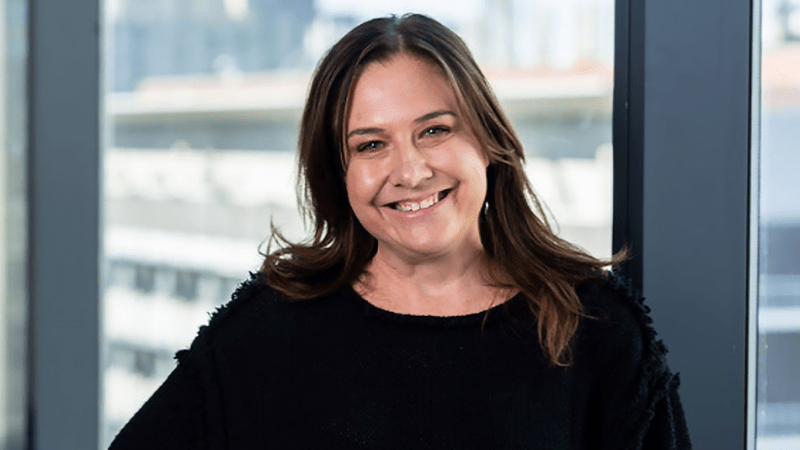
Mel Hopkins, former chief marketing officer at Seven
What’s next?
Some leaders, like Sean Hall, who took a chance on a chief of staff role a few months ago only to be made redundant this week, are using this time to embrace reinvention. Sharing his experience publicly on Linkedin, he says the response was “amazing and surprising”, with complete strangers offering to connect him.
Networks, like Hall’s Linkedin community, are actively helping people through the turbulence. It’s a brutal environment, but one softened by the rise of safe spaces. Jade Lish, a fractional CMO who supports people made redundant through her work with The Marketing Academy, encourages people to lean on those around them, in order to move from panic to action.
Enjoying Mumbrella? Sign up for our free daily newsletter.
“When it [redundancy] happens to you, it’s an emotional response. It mirrors the grief cycle. There’s panic, emotion, loss of confidence, worry and financial pressure. Right now, a lot of people in our industry are going through it. It’s tough, but you don’t have to go through it alone. Lean on your network, reach out to friends, and know there are people who want to help.”
Other senior marketers are leaning into consultancy or fractional work. Smaller brands or start-ups are finding themselves able to tap into the once indispensable people, who, in “normal times”, would be almost impossible to hire.
For Hopkins, this was the most practical path, with organisations like Deloitte recognising her value: “They saw my worth in the marketplace… they wanted real-world expertise and experience.”
Others are taking pay cuts, going for lower-ranking roles just to secure work.
So as redundancies become an increasingly unavoidable reality of the marketing landscape in Australia, where things go from here is in the industry’s hands. Cobb says we need to redefine the process, and hold leaders to a higher standard. As Hopkins adds: “There’s a lot of unbelievable talent in the market that has been impacted, the question for them is what next.”
Organisations and individuals alike need to follow Hall’s lead, embrace the reset, and shape the next chapter of the industry, not just survive it.
“Real leadership isn’t managing decline, it’s daring to design what’s next,” Dubois says.



I’ve not seen this amongst my marketing mates (but that’s not to say it isn’t happening.)
Meanwhile, a recent study by Victoria University ranks “sales and marketing” as the eighth largest industry in Australia with a worker shortage!
https://www.vu.edu.au/about-vu/news-events/vu-blog/the-10-most-in-demand-jobs-in-australia-right-now
Why do I feel this may be an agency side problem rather than a brand/client side one? Is it because brand’s are increasingly bringing the marketing function in-house and using their own channels?
I think that’s a case of university’s publishing something that appeals to the studies they support. Those quoted in the article are all/mostly client side.
An impactful read. Thank you Lauren.
I don’t know if it’s necessarily a new thing that marketing is first – or close to first – on the chopping block when cuts are due.
Many CEOs and CFOs don’t truly understand the value of marketing, and it delivers less of a straight line to revenue than, say, direct sales made by a BDM.
The past few years have been challenging with high interest rates impacting on consumer confidence and spending, and price hikes due to rising supply chain costs and to offset declining volumes meaning less discretionary spending for a lot of Australians.
Add to that the start of the age of AI & automation and it’s not been a good time for the industry.
I expect we’ll see some changes when consumer spending goes back to a better level, but interest rates will likely hold at a rate that is less comfortable than pre-cost of living crisis levels, and lets face it – once goods have increased to a certain cost there’s very little chance of them coming down, meaning overall that we’re probably not going to easily get back to a place where advertisers are paying enough to keep media and marketing people with enough demand to place and create campaigns.
Personally I believe that the government needs to do more to share productivity benefits with workers as well as companies (a problem that is only going to get worse), and to put more stringent requirements on redundancies than just delivering shareholder value.
Job security has become a thing of the past but companies still expect loyalty – we’re heading for a reckoning as AI and automation benefits get bigger and bigger, unless substantial changes are made.
“and shape the next chapter of the industry”
Reinvent yourself not the industry. Find your unique position, deliver year on year growth to YOURSELF. Never rely on a job. It’s a risky strategy.